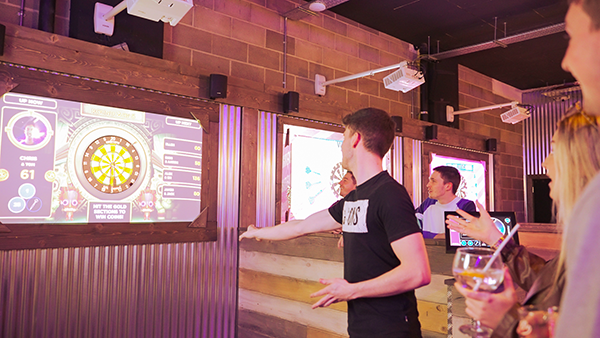Related Blogs

The Importance of Game Layout in Family Entertainment Centers (FECs)
The layout of games in a Family Entertainment Center (FEC) is a critical aspect that significantly impacts both the guest experience and operational efficiency. A well-planned game layout can enhance visitor satisfaction, streamline operations, and boost revenue.
Read More
Evolving Preferences of the New Generation
As the preferences of the new generation evolve, significant shifts are occurring within the entertainment and amusement industry. These changes are not merely superficial but are fundamentally reshaping how businesses in this sector operate and engage with their audiences. One of the key trends driving this transformation is the demand for hybrid entertainment experiences. Modern […]
Read More
Turning Ideas into Reality!
The basic necessities for a successful FEC in the Middle East can probably be pared down to a short formula: A bank of good cranes, 50 per cent ticket redemption games, a good photo booth, some table sports games and a midway-type group game. In the latter category, most go no further than Bob’s Space […]
Read More



